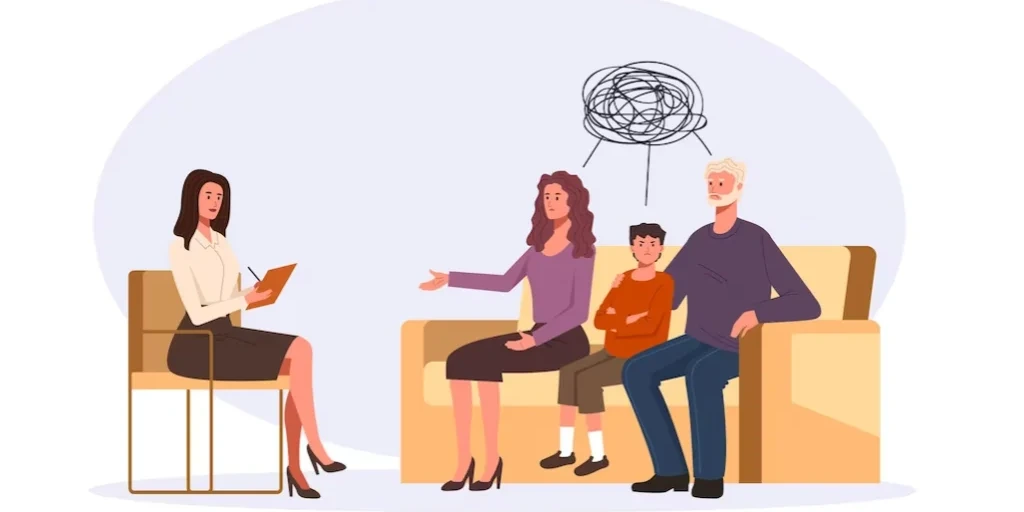24/7 Helpline:
(866) 899-111424/7 Helpline:
(866) 899-1114
Learn more about Codeine Rehab centers in Saint Olaf
Codeine Rehab in Other Cities

Other Insurance Options

Humana

PHCS Network

Carleon

Access to Recovery (ATR) Voucher

Premera
Beacon

Excellus

Magellan Health

Health Net

Sutter

Health Choice

ComPsych

Private insurance

Ambetter

WellPoint

Coventry Health Care

GEHA

Lucent

CareFirst

Oxford










Phoenix Recovery Center
Phoenix Recovery Center is located in Edgewood, Maryland. Phoenix Recovery Center offers a supervise...

Great Lakes Recovery Centers – Wright street
The Great Lakes Recovery Center on Wright Street in Marquette, Michigan, is a nonprofit behavioral h...

Great Lakes Recovery Centers – West Ridge Street
Great Lakes Recovery Centers - West Ridge Street provides outpatient treatment for adults and childr...

Samaritan Counseling Center of Southern Wisconsin
Samaritan Counseling Center of Southern Wisconsin is a private rehab located in Monona, Wisconsin. S...

Lake City Counseling
Lake City Counseling is a private rehab located in Monona, Wisconsin. Lake City Counseling specializ...

Northeast Iowa Mental Health Center
Northeast Iowa Mental Health Center is a private rehab located in Elkader, Iowa. Northeast Iowa Ment...

Therapeutic Living for Families
Therapeutic Living for Families is a private rehab located in Edgewood, Maryland. Therapeutic Living...

Changing Turn
Changing Turn is a dual diagnosis substance abuse and behavioral health treatment center in Edgewood...

Pathways Community Mental Health
Pathways Community Mental Health is a private rehab located in Marquette, Michigan. Pathways Communi...

Bell Behavioral Services
Bell Behavioral Services is a private rehab located in Marquette, Michigan. Bell Behavioral Services...

Aspen Breeze Treatment Center
Aspen Breeze Treatment Center is a private rehab located in Marquette, Michigan. Aspen Breeze Treatm...

Pathways Community Mental Health – Adult
Pathways Community Mental Health – Adult is a private rehab located in Marquette, Michigan. Pathways...

AA – Alcoholics Anonymous
AA – Alcoholics Anonymous is a non-profit rehab located in Edgewood, Texas. AA – Alcoholics Anonymou...

AA – Alcoholics Anonymous
AA – Alcoholics Anonymous is a non-profit rehab located in Monona, Wisconsin. AA – Alcoholics Anonym...























































































